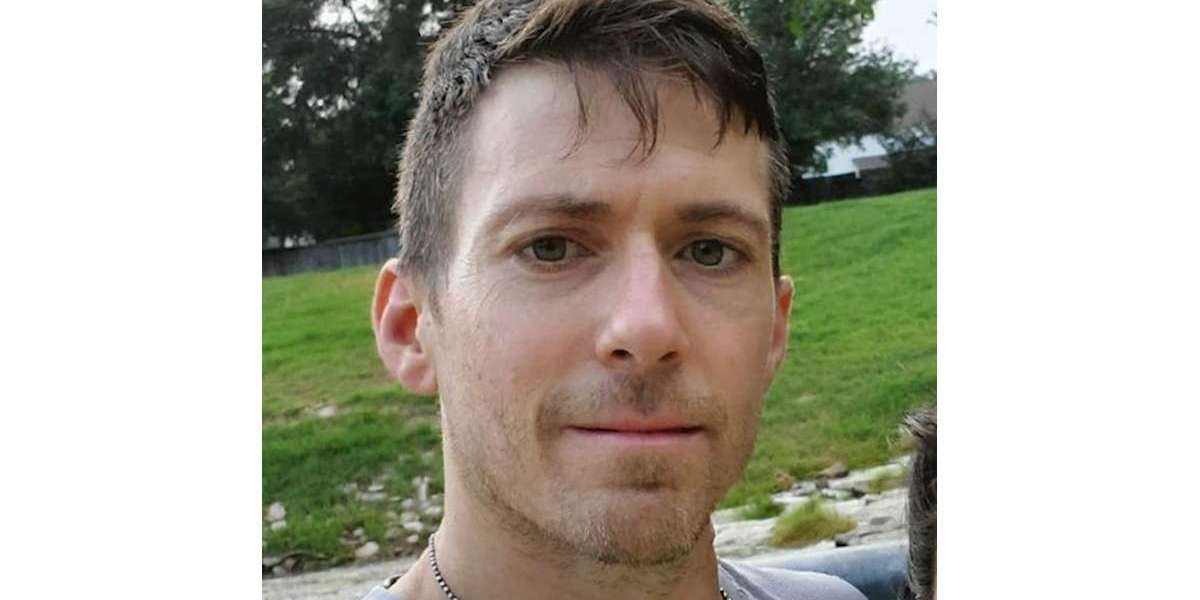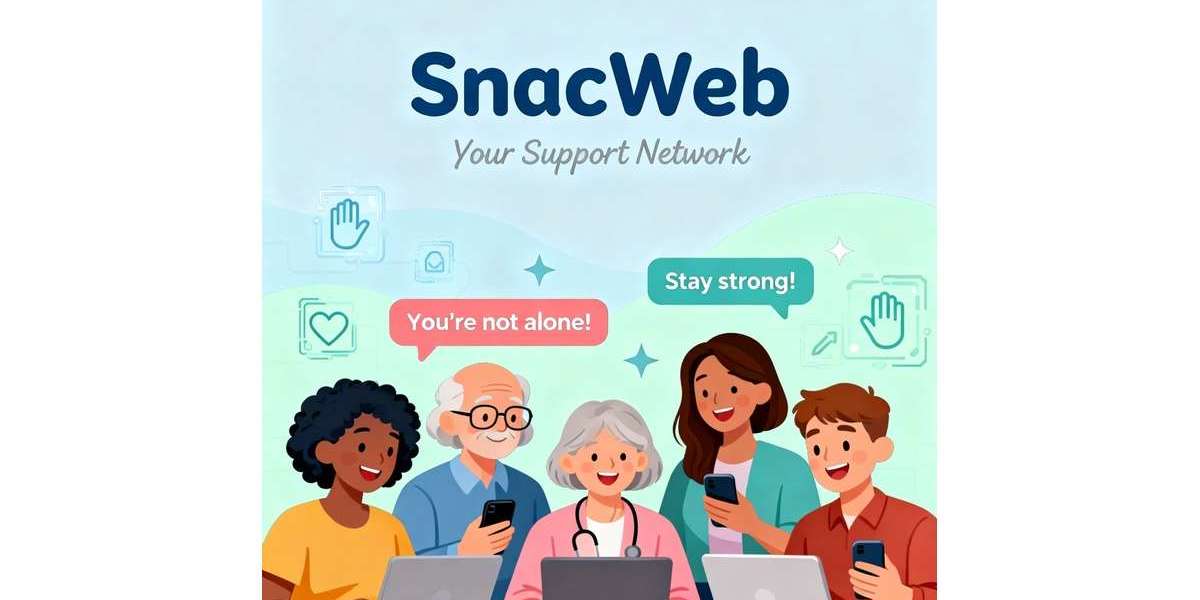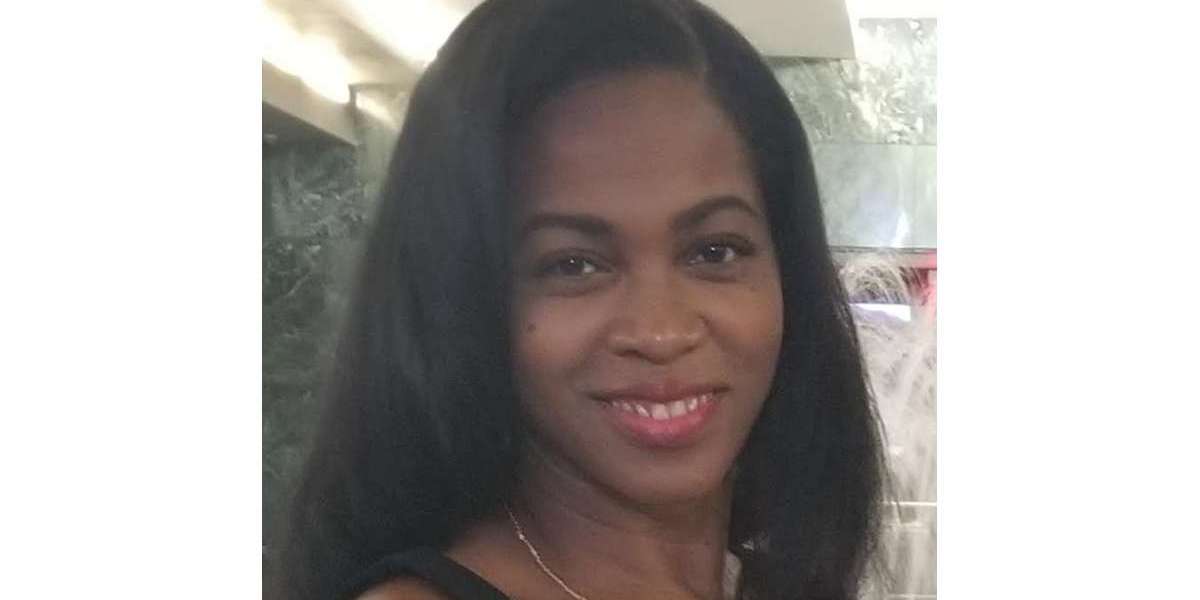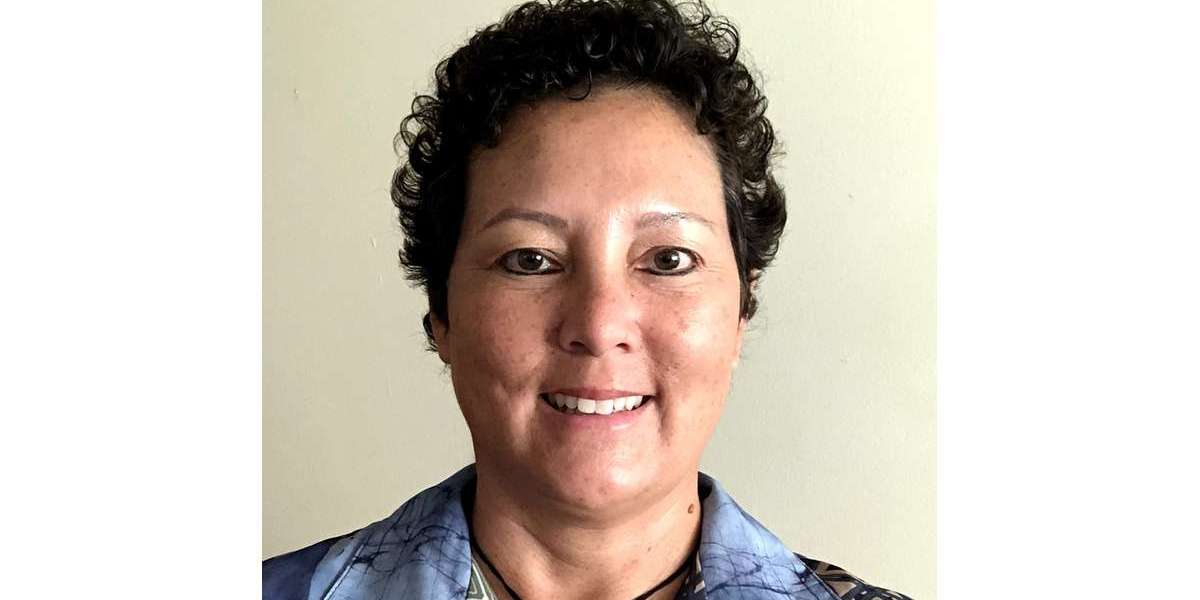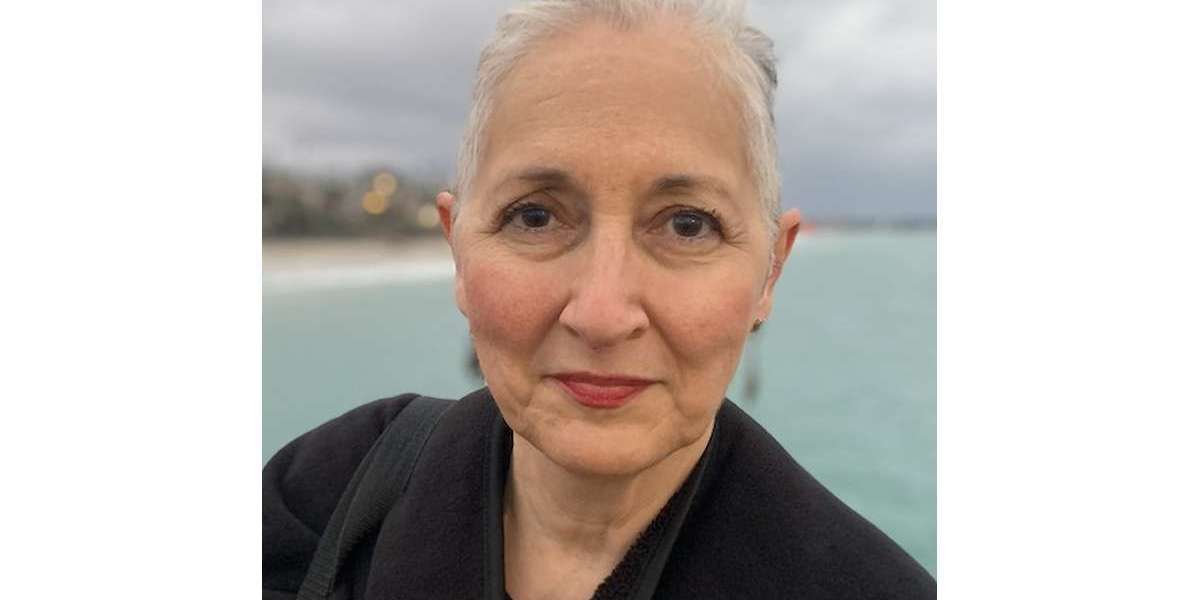Sasha’s Acute Myeloid Leukemia Story
Sasha T., Acute Myeloid Leukemia (AML)
Symptoms: Easily bruised and swollen, painful hip
Treatments: Chemotherapy, bone marrow transplant
Sasha’s Acute Myeloid Leukemia Story
Sasha shares how she got diagnosed with acute myeloid leukemia (AML) at just 24 years old. She describes undergoing chemotherapy and a bone marrow transplant, as well as recovering from both.
Sasha also highlights how she handled losing hair from chemotherapy, paying for cancer treatment (financial toxicity), and survivorship. Thank you for sharing your story, Sasha!
- Name: Sasha T.
- Diagnosis:
- Acute myeloid leukemia (AML)
- 2018
- Age at Diagnosis: 24
- 1st Symptoms:
- Easily bruised
- Extreme pain in right, swollen hip
- Treatment:
- Chemotherapy #1: cytarabine & daunorubicin
- Chemotherapy #2: cytarabine
- Chemotherapy #3: cytarabine
- Chemotherapy #4: cytarabine & busulfan
- Bone marrow transplant

It’s something that you should definitely not try to hide. You should not try to suppress your feelings. Be open with them. Be honest.
Tell people. Talk to people. You seek counseling, and you seek medical help, but depression, anxiety — there’s nothing wrong with it.
Go out there. Get the help that you need and deserve and think about your well-being first.
Sasha T.
- Getting the Diagnosis
- Tests and Procedures
- Describe the bone marrow biopsy
- What were the tests and procedures that followed?
- Describe the bone marrow biopsy results
- How was the recovery after the bone marrow biopsy?
- Describe the CT scan
- Did you have to drink contrast dye for the CT scan?
- How long did it take to get the CT scan results?
- Is there staging with acute myeloid leukemia?
- Treatment Decisions
- Chemotherapy
- Did you get a port or a PICC line?
- Describe the PICC line infection
- Describe the chemo regimen
- What were the chemo side effects?
- You had 3 additional rounds of chemo before the bone marrow transplant
- When were chemo side effects the worst?
- What helped prevent or reduce the side effects?
- How long were the infusions for those 3 rounds?
- What was the result after the 3 extra rounds?
- Bone Marrow Transplant
- Matching with a bone marrow donor
- Describe the bone marrow match process
- How long did the paperwork take?
- You ended up switching medical centers
- Describe the prep before the bone marrow transplant
- Describe the actual bone marrow transplant
- What happens after the bone marrow transplant?
- What are the side effects of the additional chemo for the BMT?
- After the Bone Marrow Transplant
- What was the follow-up protocol?
- How often were you going to the hospital?
- Describe the bone marrow biopsy after the transplant
- How were you feeling when you learned those positive results?
- Are you in remission?
- Maintaining your new immune system
- You experienced GVHD (graft-versus-host disease)
- What’s the follow-up protocol?
- Hair Loss
- Mental, Emotional, Financial Support
This interview has been edited for clarity. This is not medical advice. Please consult with your healthcare provider for treatment decisions.
Getting the Diagnosis
What were the first symptoms?
It started back in November. I was just a normal college student. I had my classes, going to and from school. At the time, I was helping my cousin out a lot with her daughter because she was working. I would be at her house pretty much every single day.
At first I started noticing some really small bruising. It wasn’t really bad, though. It was on my leg, on my arm. Just little places here and there.
My cousin noticed actually that they started to get bigger and more awkward spots, like on my toe, on my finger, or I would get a massive bruise on my stomach, and I didn’t know anything about it.
Then in the beginning of December, I had a really, really big bruise on my lower back. It looked like a tire mark, like a full on stretched-out tire had run me over. My cousin is a hypochondriac. She’s super afraid of everything, so she was like, “You need to go to the hospital now.”
I was reluctant, but I finally agreed to go. Her mom took me, and I was there for a few hours. After some blood work, they told me that I have a blood disorder, which was a misdiagnosis. They gave me medication. “If you take this twice a day, it will go away on its own.”
About a week later, on the night of December 10th, which was my birthday, I was getting ready for bed. I had taken my makeup off, and I was getting ready to lie down. I could not lie on my right hip. It was insanely painful. It was excruciating pain.
I jumped out of bed, and I went to the bathroom. I looked in the mirror, and my hip was swollen out. It looked like a bowling ball was inside my hip.
My mom had woken up because I had all the lights on, and she was like, “What’s going on?” I told her, and she was like, “Oh my gosh. What’s going on? What is that?” I had no clue.

Luckily, that next morning, I had a doctor’s appointment anyway. It was a follow-up. She took a look at it and told me that the best thing for me to do was to go to the hospital as a walk-in. Otherwise, if she ordered an ultrasound or scan, they take a while to get the results.
Describe that first trip to the hospital
I went to the hospital, and we sat around for about 12 hours. My blood kept clotting, so they weren’t able to get results fast enough.
At about 1 or 2 o’clock in the morning, they finally told me that they didn’t know what was going on, they didn’t know how to help me, and they were going to send me to a hospital in San Diego.
I was 24 at the time. I was very, very afraid. I had never been in a hospital or in an ambulance before by myself. I’d never been in an ambulance ever. They were like, “Yeah, we’re gonna strap you in, and we’re gonna drive by ourselves at 2 o’clock in the morning.”
What do you remember from the diagnosis?
I was really, really afraid. I got there about 3, close to 4 o’clock in the morning. We did blood work, and a doctor came in. I could tell something was wrong. He was acting very sad or very concerned.
He put his hand on my shoulder, and he goes, ‘I’m really sorry to tell you, but you have leukemia.’
My expression just went completely blank. I didn’t know what to say. I didn’t know what to do. It reminded me of one of those situations in a movie where they tell the actor the bad news, everything drowns out, and your vision goes blurry. I had that moment.
I didn’t think those existed until that moment. Just completely in shock.
For a second, I thought I was getting pranked or lied to. I was like, “This isn’t happening. This isn’t happening. There’s no way that I could get cancer.”
I was a normal 24-year-old girl in college, who had never had any illnesses ever — besides allergies, but that’s pretty common. Then I went from having a normal life to being diagnosed with cancer overnight.
I was completely alone. My parents were back home, and I didn’t have anyone with me. It was just me, 2 doctors, and 5 nurses.
How did you process the diagnosis?
I didn’t really get a chance to process it right away. It was more like a quick, “Okay, you have cancer. We’re gonna be doing non-stop testing on you for the entire day.”
As soon as it happened, the doctor asked me, “What time do your parents wake up? We’ll call them and let them know.” I was like, “Oh, about 8 a.m.”
As soon as he walked out of the room, I was like, ‘There’s no way I’m gonna let my parents find out from a doctor. I have to call them myself.’
»MORE: Patients share how they processed a cancer diagnosis
How did you break the news to your family?
I called my dad. He answered, and he goes, “Now what’s going on? Everything okay?” I was like, “No, not really. It’s a lot worse than we thought.”
He goes, “Well, what is it?” I told him, “I have leukemia.” He just kept repeating, “What? What? What?” Over and over and over again.

I was trying so hard not to cry because I felt guilty in that moment. I don’t like to be a burden on others. I wouldn’t say it’s a fear of mine, but it is something that I can’t stand — making other people feel bad about myself. I don’t want people to feel pity, I guess.
I told my dad. He woke up my mom. They immediately started crying. Then my 16-year-old brother woke up, they told him, and he started crying. I felt so bad. I didn’t even feel bad for myself for having cancer. I felt bad about putting the bad news on them.
I just felt this immediate wave of guilt. What have I done to my parents’ lives? I’ve made everything so much more harder on them. In that moment, I felt really, really stressed.
I felt angry and also just really upset that this happened to me because I didn’t want to burden my family.
»MORE: Breaking the news of a diagnosis to loved ones
Tests and Procedures
Describe the bone marrow biopsy
They told me that I was going to be having a bone marrow biopsy. I didn’t know what that was.
They explained to me that they were going to put a drill in my back and take out a piece of the bone marrow to test to see how far along the leukemia had started. I was completely freaked out because I’d never done anything like that before. But they were really, really nice.
They came to my room, brought me downstairs about 2 floors down in a wheelchair, and had me lay on my stomach on a bed thing. It was in a normal procedure room. It wasn’t in an office or anything.
They had to pull my underwear down, got a patch, laid it on my lower back a little bit below my butt. They had to mark it and numbed the area. I could still feel it the first time, so they numbed it twice, and then they had a big drill come in.
The worst part for me — and anyone out there who has been through a bone marrow biopsy — is the sound because you can hear the drill in your back. You may not feel it, but you can hear it. Just knowing that a drill tool is drilling into your back is terrifying. That was the worst part for me.
I would get pretty bad anxiety. At one point, I almost started crying, but I was lucky enough to have a really, really nice nursing team. They were there for me. They held my hand and told me, ‘Don’t worry. Everything’s gonna be okay.’

That really did help. But it was pretty terrifying for never having a procedure or a situation like that ever before.
Right after, they put some medication on it, and they put a little patch. You’re supposed to leave it there for 48 hours, and you can’t get it wet. It just falls off on its own pretty much after that. But I think the procedure in total took about 30 to 45 minutes.
What were the tests and procedures that followed?
After that they did a CT scan, then an ultrasound, X-ray of my entire body, and then an iodine solution. It was just nonstop testing the entire day.
The only time that I actually got to relax and sit down was that night after all the testing was done. They were like, “Okay. We’re gonna go ahead and leave you alone for a little bit. We’ll come back in an hour to do more testing.”
That was when I actually got the chance to be alone for a second and sit and think about what was happening. I was just like, ‘I can’t believe this is my life right now.’
I started my first round of chemo that night. It was pretty late, so it was probably like early morning the next day on the 13th.
Describe the bone marrow biopsy results
I want to say it was a full day. They told me that the type of leukemia I have is AML leukemia, which means acute myeloid leukemia.
That means that the leukemia cells were regenerating a lot faster than chronic leukemia, which means it goes a lot slower.
Mine were just coming really, really, really fast, and they said if they didn’t start the chemotherapy soon, it was going to be life threatening. Any cancer’s life threatening, but it would be more dire.
The cancer was only in my bloodstream. It hadn’t attacked my bones, but it was attacking the bone marrow, so I ended up needing a bone marrow transplant.
How was the recovery after the bone marrow biopsy?
It was okay. It kind of hurt to sit on my bottom. I’d have to lean to the side just for a couple days. I think maybe 2 days it was sore, then the patch fell off on its own. When I went to the bathroom, it was in the toilet, so it just kind of fell off on its own. It was okay after that.
Describe the CT scan
I don’t remember much about it, in all honesty. I was kind of in and out of it and really, really sleep deprived. I hadn’t really slept very much.
The only thing I remember was them laying me down on a bed, and I went into that tube. It was pretty much done and over with. It took about 30 minutes. That one wasn’t that bad.

Did you have to drink contrast dye for the CT scan?
Yes. That was the worst part. The dye was inside of this giant 2-liter bottle, and they wanted me to drink 2 of those in an hour. I can’t drink water very well. I completely forget to drink water sometimes.
That was the hardest part for me, just having to drink water all the time. You weren’t allowed to pee it out or anything like that. They wanted you to keep the water down and not throw up. I had to drink 4 liters in an hour. It was a lot.
It was nothing painful. They just had me drink the dye. Then they said, ‘Okay. Lie down for the CT scans.’
I went, and then they just had me lie on the bed. I think at certain points they had to tell you, “Hold your breath,” when they were doing the scan. That was okay. I got a little light headed, but it wasn’t anything I couldn’t handle.
How long did it take to get the CT scan results?
Those results came back pretty quickly. The doctor said that everything seemed fine from those, as fine as it can get when having cancer.
Is there staging with acute myeloid leukemia?
No. There’s only different subtypes. There’s AML leukemia, there’s AMM leukemia, ALL, etc. There are different types of leukemia.
Treatment Decisions
How did you decide where to get the treatment?
I didn’t really get to decide. Our local hospital has an affiliation with Scripps Mercy, so as soon as they found out that something was wrong that they couldn’t figure out, they just sent me there. That’s where I had my first round of treatment done.
Did you consider getting a second opinion?
No, not really. As soon as everything just happened, they’d told me that chemotherapy was the only way to save my life. I was in that mentality of, “Okay, well, let’s get it done.”
I didn’t want a second opinion. I didn’t want to talk to my family about it. I trusted the doctor. He was really nice. He explained everything to me; he explained what was going on, what kind of leukemia I had, what was going to happen, how I was going to get the treatments, stuff like that.
He told me, “Our best chance for you to survive this, or to get rid of it quickly, is to have chemotherapy.” And I said, “Okay, sounds great.”

Your treatment center was on the larger size. What were the pros and cons?
The pros were the staff. I absolutely loved my nurses and doctors. They were the nicest people. They were just constantly coming in, even when they weren’t supposed to, to come in my room to talk to me, check up on me, and ask me questions. They would bring me snacks of sorts even though they weren’t supposed to.
They would bring me gifts and cards and stuff like that. I actually loved them.
What I didn’t love was the rooms. They were extremely small. I did have a fairly large family coming to visit me. I had my parents coming every single weekend. My brothers, cousins, grandparents, friends, aunts, uncles, and everyone would come at least every other weekend, if not every weekend.
I would have the smallest rooms, and they were so cramped. Nobody could sit anywhere, and the hospital food was also really terrible.
Is there anything you wish you would have done up until this point?
Up until treatment, the one thing that I would say that I wish I would’ve done is talk to people more about my initial diagnosis.
I kept my feelings to myself. I didn’t tell my friends or family. I wanted to make sure they were okay more than I was okay, if that makes sense.
Now that I think about it, that was probably not the best decision. I should’ve actually sat with myself and come to terms with what I was feeling and what was going on. Instead, I just buried everything down. I don’t recommend that.
If you’re going through treatment or you just found out you were diagnosed and you’re about to go through treatment, talk to somebody.
Either a family member, a friend, a doctor — ask if you can talk to some type of social worker that they might have on staff or some type of counselor or something, because it’s definitely something that you should not keep to yourself.
It’s the hardest thing to ever have to deal with and keeping that all down. Trying to make sure everyone else is okay, it did a lot of — I don’t want to say mental damage, but it’s just something that’s really, really hard, and I would definitely recommend talking to someone.
Chemotherapy
Did you get a port or a PICC line?
I had a PICC line and I did my treatment, 24-hour chemo for 7 days straight. It was a lot for me to take in for my body, and it was through a PICC.
After that, my PICC got infected actually, so I got the PICC taken out. I went through the veins. My veins were kind of shot after that.
Describe the PICC line infection
It was about 2 or 3 days after the whole round of chemo. The chemo’s 7 days. The PICC was working fine. About 2 or 3 days after that, they were just using it for blood draws or if I needed medication for having a fever.
I don’t really know what happened. I’m pretty sure it got cross-contaminated, and I had to take the PICC out. They were like, “Well, you’ve already done your chemotherapy round, so we’ll just do the rest of it through your veins.”
»MORE: Read patient PICC line experiences
Describe the chemo regimen
The infusions were 24 hours. From the beginning of the day until the next time the next day, they would put the meds back. Every single day was really intense. At first, it didn’t really feel like much because it was just medicine.
What were the chemo side effects?
My body didn’t really know how to react. After the third or fourth round, my body started to get extremely exhausted. I was tired 24/7, my hair started falling out, of course. That was bound to happen.
I used to have really beautiful, long, black hair, and it just started falling out in clumps. It didn’t really bother me.
It surprised my family more because they had never seen me like that. But to me it was not really a big deal because I knew it was coming.
Then I started to deal with the nausea, the vomiting, and the diarrhea. I ended up getting a stomach infection. It was around my third week there, and something in my stomach had gotten inflamed. They didn’t want me to eat or drink anything at all for 2 weeks.
They were waiting for the infection or the inflammation to go down in my stomach lining. That was the hardest part of the whole situation.

You had 3 additional rounds of chemo before the bone marrow transplant
After the full week of chemo, we had to wait for the results to see if the leukemia cells had gone. It was just mostly a waiting game. It took a while to get the results.
I don’t know why. They had done a biopsy right after the chemo, and I wouldn’t get those results until I think 2.5 weeks after. It was just a waiting game, and it was awful.
Finally, at the end of December, they told me that the chemotherapy worked and that the leukemia cells were gone, but in order for them to stay gone, I was going to need a bone marrow transplant. I was released in January, and I went back into the hospital at the end of March of last year.
When were chemo side effects the worst?
My first round in December was probably the worst because that’s when my hair fell out.
I remember at one point I had a really bad fever, and I was aggressively, severely shaking in my bed because I was so cold. My feet were still hot, my body was hot, but I was freezing and could not function.
No matter how much I covered up, they told me, “You can’t be covered up,. You’re gonna get hot.” I’m like, “Yeah, but I’m freezing.” It looks like a back-and forth-weird side effect with that.
That was really bad, but that only lasted for a week. It was just so aggressive. I lost hair, I had the really bad diarrhea, and then I had nausea and vomiting.
That round was probably the worst of the side effects. When I did the other rounds, it wasn’t the same chemo. It wasn’t as intense; it was a bit more mellow. Those things were just the normal side effects, which is just the nausea and vomiting.
What helped prevent or reduce the side effects?
For nausea, the Zofran really helped. They gave me Compazine. That helped as well.

How long were the infusions for those 3 rounds?
The first day of chemo was 24 hours, then a 2-day break, then chemo for another 24 hours, then another 2-day break.
What was the result after the 3 extra rounds?
They told me that the leukemia cells are gone, but in order for them to stay gone, I had to do another round of chemo. So I did chemo again at the end of March, and then I did chemo around May, and I did chemo again in July.
That was when I had found out that I was having the bone marrow transplant in July.
Bone Marrow Transplant
Matching with a bone marrow donor
My brothers were tested in March, but neither of them were a match, unfortunately. They had to go into the donor system again around March or April. They found a donor in June, but they have to do all the paperwork, stuff like that, and the technicalities.
He had to actually go into the donate center, donate, and then they have to check you out or something and have it sent to my hospital. By the time I got the actual transplant, it was July 20th.
Describe the bone marrow match process
They told me back in December when I was still in the hospital during the first round that the chemo had worked and my leukemia cells were gone.
But the chemo had done such severe damage to my bone marrow that my immune system was pretty much gone. I wasn’t going to be able to produce any new cells, so in order to get back to where I was, I needed to have a bone marrow transplant.
They said that the best-case scenario would be if my brothers were a match. That way it could be quick and easy, done and over with. They tested both of my brothers, and they both came back negative. My brother Jacob was upset about it because he wanted to be a match and help me, but he [couldn’t].
They went ahead and were like, ‘We’re gonna put you in the system.’ I got the call in April when they told me that they had found a match, but because of all the technicalities, they had to sign in and make sure it was a private thing.
I don’t even know who the person is. All I know is he is a 21-year-old male from California. That’s all I know about him.
»MORE: Learn more about bone marrow transplants from a specialist
How long did the paperwork take?
It took from April to July, so about 2.5 months.
You ended up switching medical centers
I found out that the first place does not do bone marrow transplants, so they wanted me to go the UC San Diego Jacobs Medical Center.
Describe the prep before the bone marrow transplant
They called me in the end of June, and they told me that they were going to be prepping me and getting everything ready for the transplant in July. Around the end of June, they told me that they were going to go ahead and do more chemotherapy.
This chemo was different. It was chemo to prep my body for the transplant. It was 2 chemotherapies. One was the Cytarabine, and one had a different name. I can’t remember the name of it honestly. I’ve just done so many different chemos.
The first day of chemo was 24 hours, then a 2-day break, then chemo for 24 hours, then another 2-day break.
They also did blood tests. They had me do a breathing test. They made me blow into this thing, and I had to go to a certain level to make sure that my lungs were strong enough. They had me do a physical test. They had to test out my body mass, weight, height, and stuff like that to make sure that my body could support the new bone marrow.
All of that came back perfectly fine. They had me do an eye test to make sure my eyes were okay.
Describe the actual bone marrow transplant
It was more of a waiting game. I wasn’t sure if my family was going to be there or not. Luckily, 2 of my aunts and 1 of my cousins came, so I wasn’t completely alone.
They told me it was going to be very quick and easy. It’s kinda anti-climactic, honestly.
But we were just waiting around for the delivery of the blood, and then about 2 p.m., they finally came. They put the blood on the little thingy, and they hooked it to my arm. It was just slowly dripping for an hour and a half. Then it’s done and over with by like 3:30 or 4 o’clock. That was it.
It was totally like a blood transfusion. They were just transfusing his bone marrow into my body.
What happens after the bone marrow transplant?
I had to wait for my platelets to get back up to a normal level. Once that happened, I had to actually live in San Diego from July until November, because I had to go to the cancer center 2, 3, sometimes 4 times a week.
Me living so far away, I had to actually move close by the hospital, so I moved in with my brother. My mom was my caretaker.

What are the side effects of the additional chemo for the BMT?
I lost my hair again. That was the number one thing. I had already had hair growing back by that time. But because that chemo was so strong again, I lost all my hair. They shaved my head in the hospital at the beginning of August.
I just had really bad nausea and vomiting some days. Some days were really, really bad, where I couldn’t eat or drink anything for 3 days straight. Then some days were good, where I felt okay. I felt perfectly fine. It just depended on the day.
A lot of weeks had passed since the chemo, but the chemo was so strong that it was still in my system. There were just some days that my mom would make me something to eat. I would sit down, eat it, and the next thing I knew I was in the bathroom, or I was throwing up in the trash.
It just depended on certain days, because some days I was perfectly fine, I could eat whatever I wan

